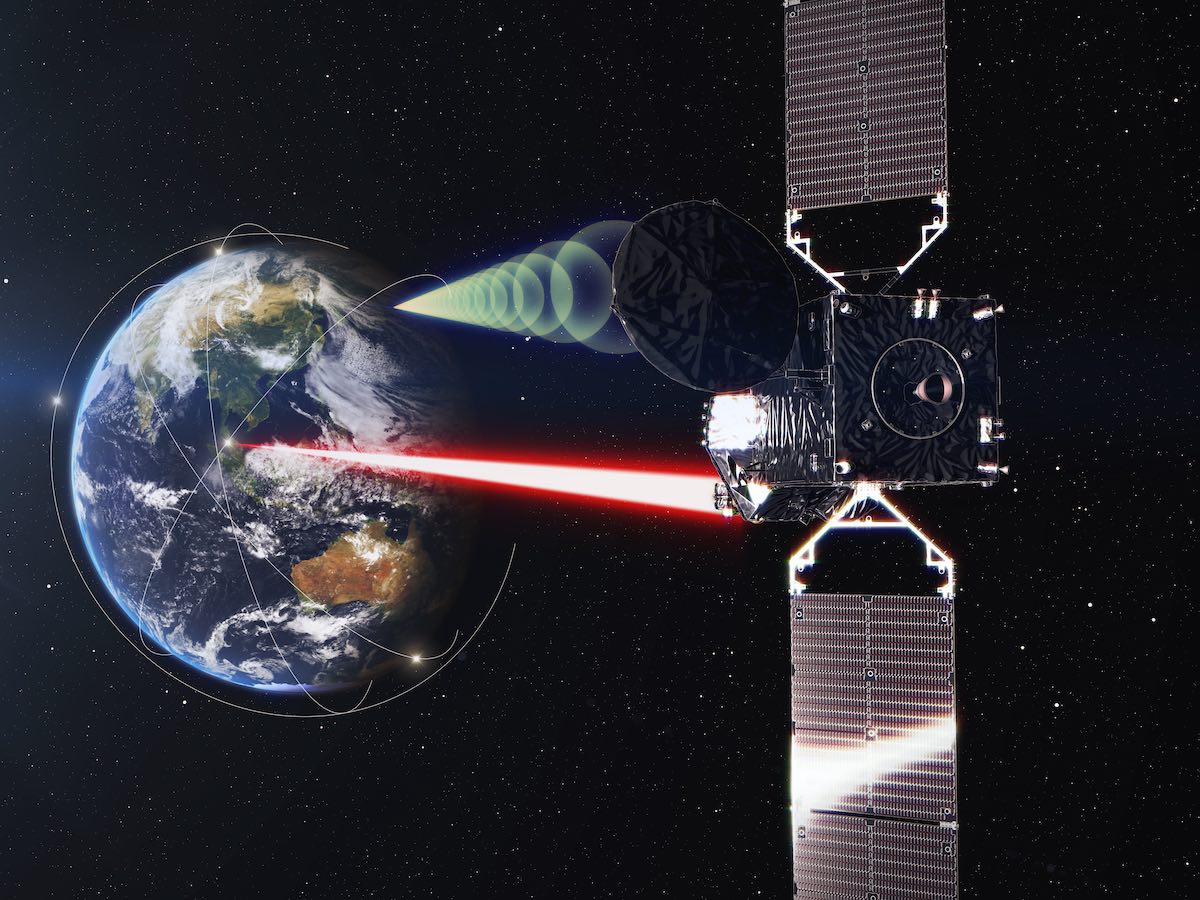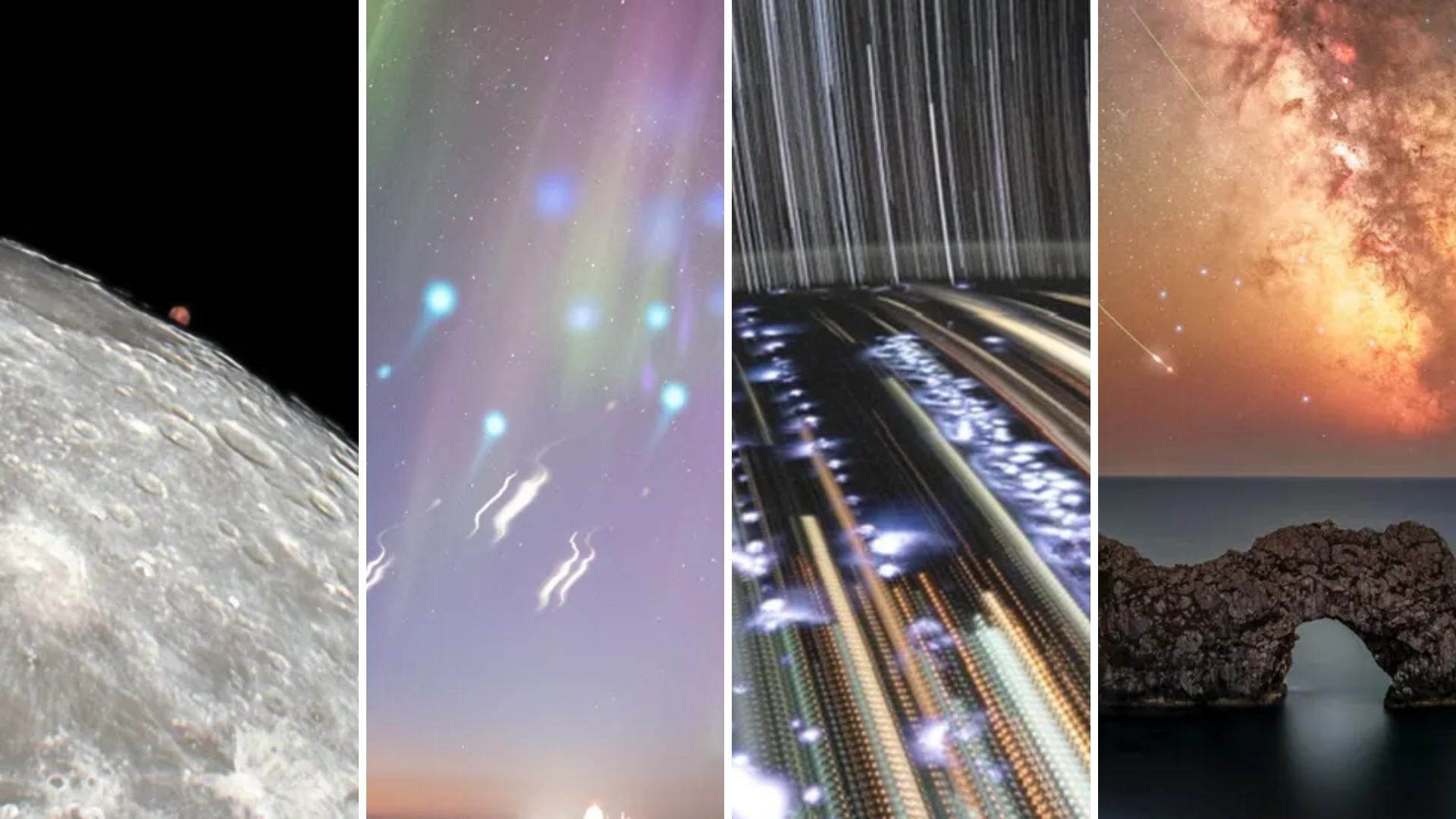Japan launches advanced relay satellite with laser communications tech into orbit
Earth observation data will flow more quickly using laser technology instead of radio, according to JAXA

A Japanese satellite carrying laser relay technology launched into space Sunday (Nov. 29) on a mission to transfer data at high speeds from military and civilian Earth observation spacecraft.
The communications satellite carrying the laser payload soared to orbit at at 2:25 a.m. EST (0725 GMT or 4:25 p.m. local time) from the Tanegashima Space Center in southern Japan, aboard an H-IIA rocket.
Rocket builder and launch provider Mitsubishi Heavy Industries (MHI) announced the successful launch on Twitter, adding the satellite had separated from the upper stage of the rocket. From there, the satellite will make its way to geostationary orbit for a 10-year mission. "It was confirmed that the rocket flew as planned," MHI said in a machine-translated statement from Japanese.
Unusually, the mission was not broadcast live from the Japan Aerospace Exploration Agency or JAXA, perhaps because of the sensitive nature of the laser technology, according to Spaceflight Now. No information was provided about its exact orbital track, either.
Related: Japan's H-IIA & H-IIB rockets explained
The satellite payload, called Laser Utilizing Communication System or LUCAS for short, will send data from satellites in low Earth orbit using laser technology, according to a machine-translated version of the JAXA mission page in Japanese.
LUCAS will fly to geostationary orbit, which allows it to rotate at the same rate as the the Earth at roughly 22,000 miles (36,000 kilometers) above the equator. It will have a continuous view over the Asia-Pacific area.
Breaking space news, the latest updates on rocket launches, skywatching events and more!
From its high altitude, LUCAS will connect with satellites in low Earth orbit using a near-infrared laser beam. The laser technology on LUCAS sends information at 1.8 gigabytes per second, which is seven times faster than the current standard of sending information by radio waves, JAXA said.
With Earth-observing satellites more numerous than ever due to small satellites from private companies leveraging more advanced computing technology, JAXA said LUCAS would allow for "future increase in data transmission capacity, and immediacy requirements" in low Earth orbit spacecraft.
Getting information quickly from these satellites is imperative to make full use of their applications, which include monitoring the Earth for global warming and assisting in disaster response after catastrophic events such as hurricanes.
Follow Elizabeth Howell on Twitter @howellspace. Follow us on Twitter @Spacedotcom and on Facebook.

Elizabeth Howell (she/her), Ph.D., was a staff writer in the spaceflight channel between 2022 and 2024 specializing in Canadian space news. She was contributing writer for Space.com for 10 years from 2012 to 2024. Elizabeth's reporting includes multiple exclusives with the White House, leading world coverage about a lost-and-found space tomato on the International Space Station, witnessing five human spaceflight launches on two continents, flying parabolic, working inside a spacesuit, and participating in a simulated Mars mission. Her latest book, "Why Am I Taller?" (ECW Press, 2022) is co-written with astronaut Dave Williams.

